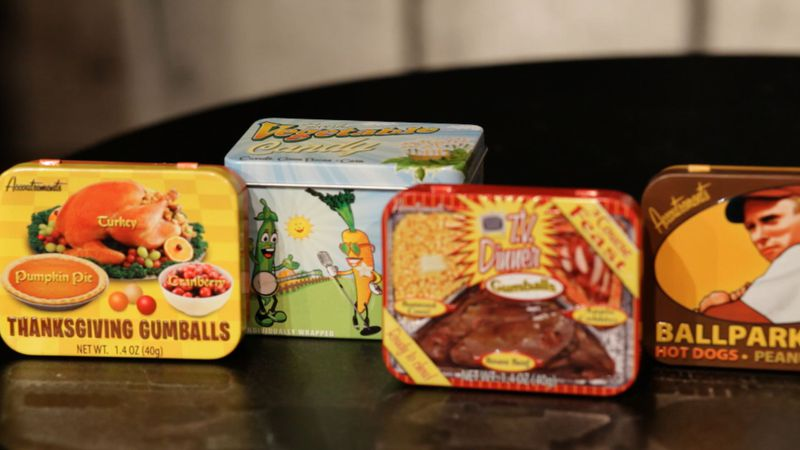We Sample A Buffet Of Weird Candy With Marc Summers
Much of Marc Summers' on-camera career has involved items strange, edible, and strangely edible: Double Dare slime, the whipped-cream pies of What Would You Do?, or the many, many snacks profiled on Unwrapped. Archie McPhee, meanwhile, is a Seattle-based purveyor of strange and occasionally edible novelties, offering wares like Fish Head Lollipops, Pickle Candy Canes, and many bacon-flavored confections. Yet you'll see no bacon snacks in the video below, which chronicles a meeting between Summers, The A.V. Club, and several gums and candies from the Archie McPhee line of products. Prior to a very special Summers-hosted installment of ComedySportz Chicago's Improvised Double Dare, associate editors Erik Adams and Marah Eakin met with Summers to chew Ballpark Gumballs, taste Vegetable Candies, and spit a bunch of oddly colored wads of sugar into cocktail napkins.
